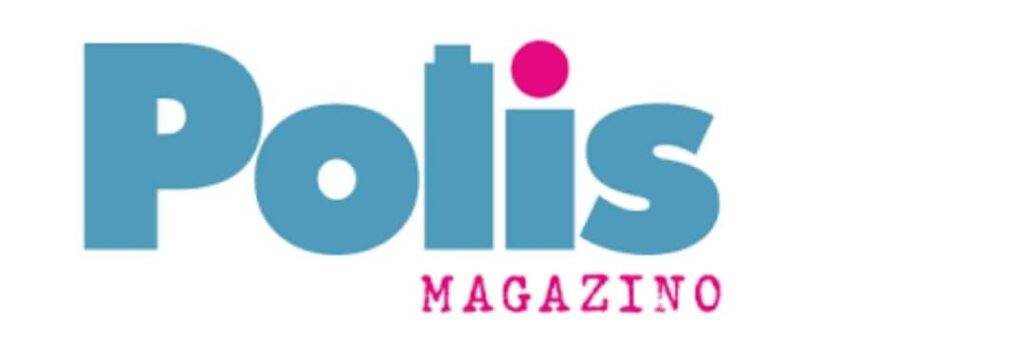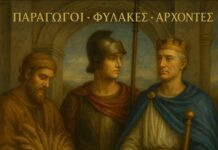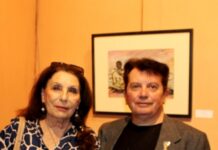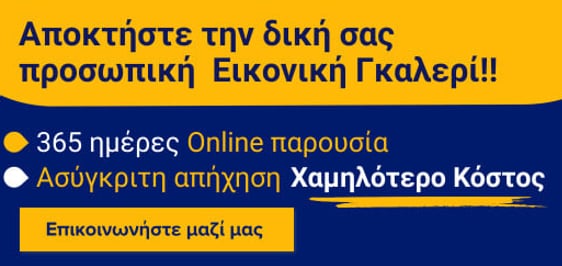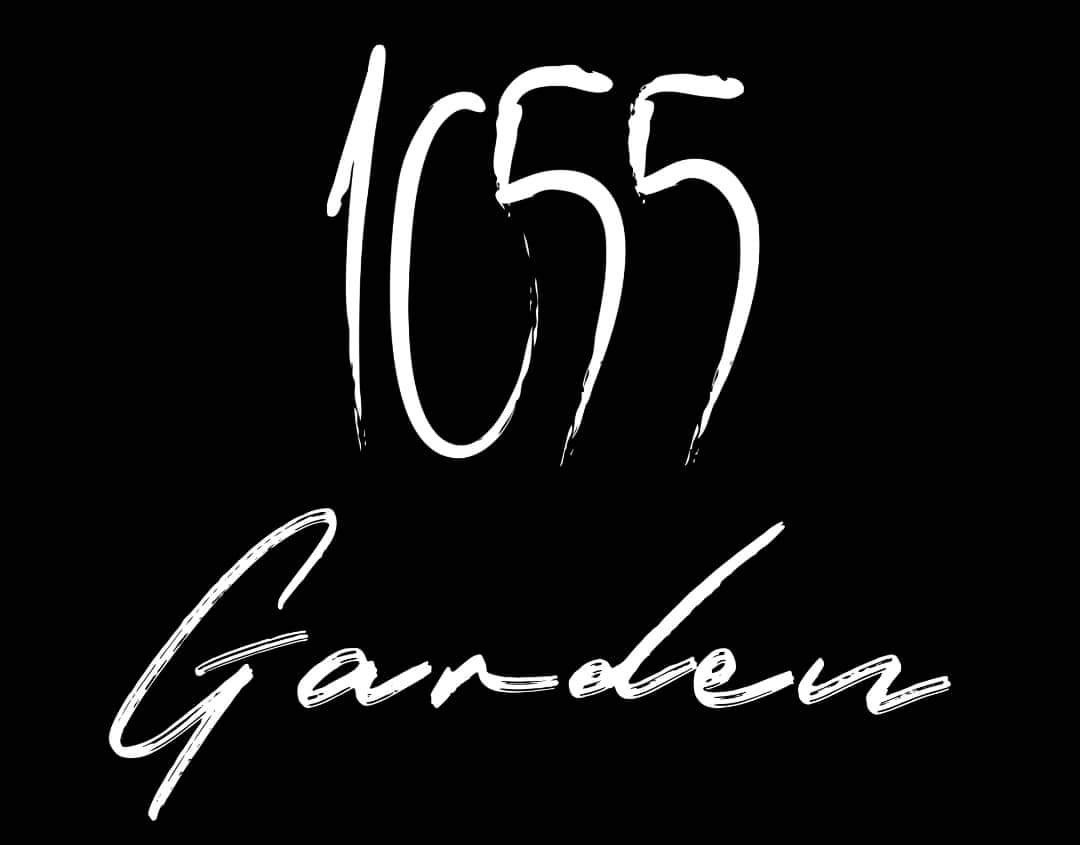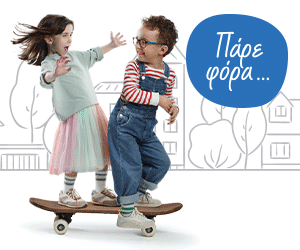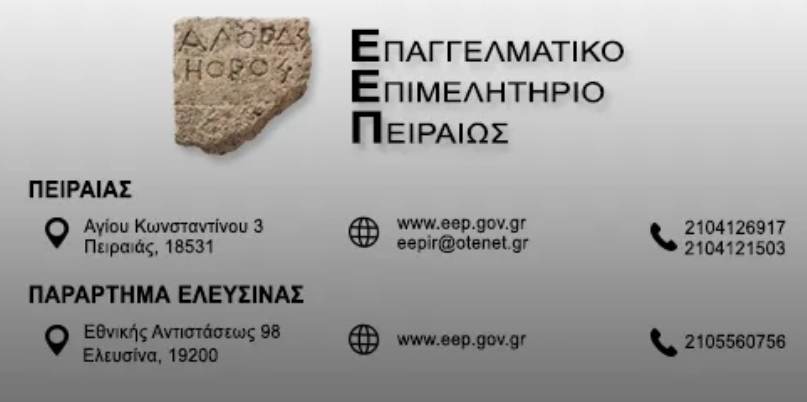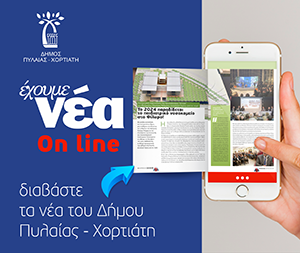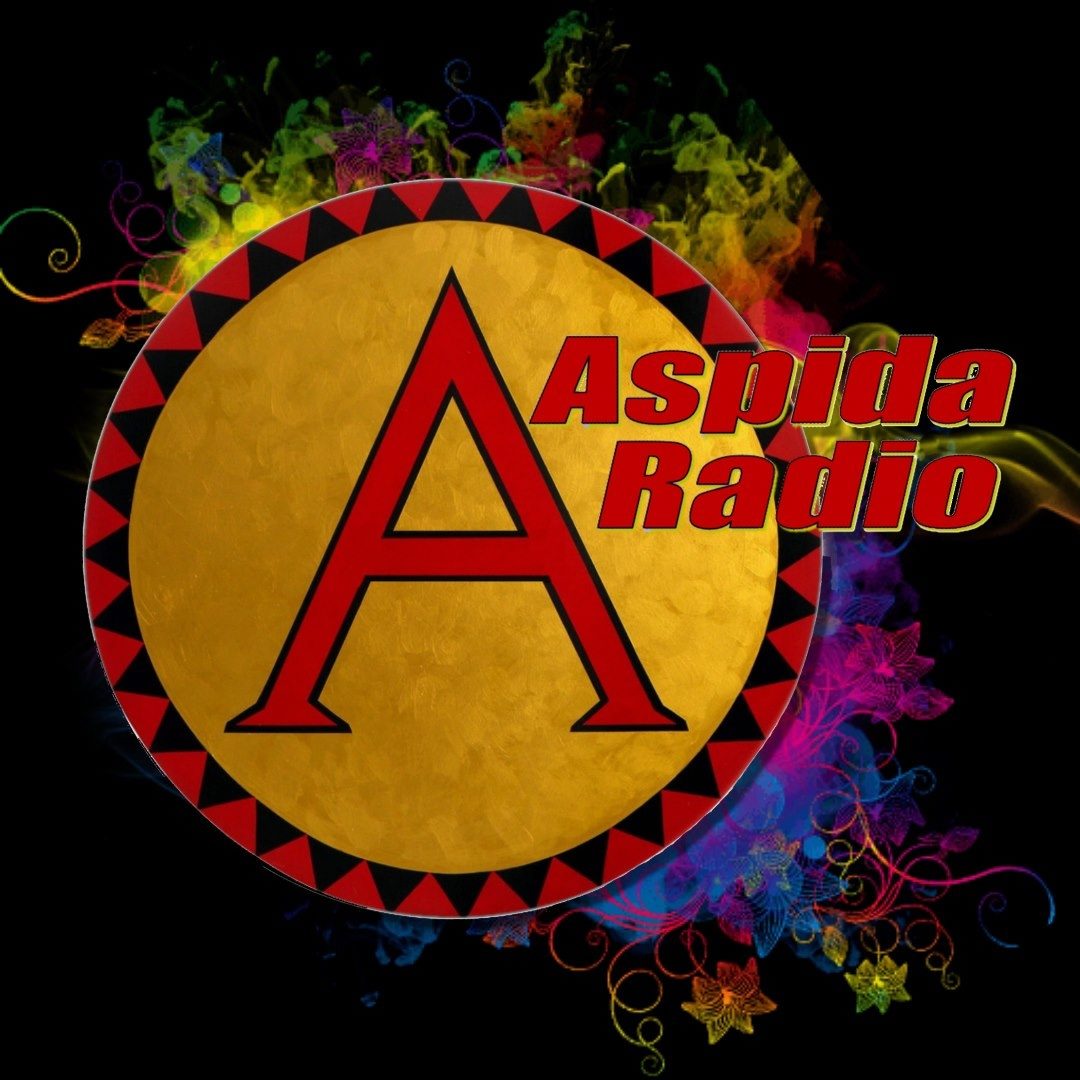Επιμέλεια: Εύα Πετροπούλου Λιανού
Choism in literature No. 3
Choism in poetry
Poetry (Greek: ποίησις, “creativity, creation”) is a special way of organizing speech; introducing an additional measure (dimension) into speech that is not determined by the needs of everyday language; verbal artistic creativity, mainly poetic (in the narrow sense of the term).
In previous articles, we have derived a formula for choism in prose: One of the techniques is opposition, the other is smooth transitions from the unthinkable to reality. However, considering choism in poetry in more detail, several more discoveries and assumptions can be made.
First, how can the problem of “choice” be presented in poetry? The simplest solution may be the semantic juxtaposition of quatrains or lines in relation to each other. For example, endowing an object with contradictory qualities that push the reader himself to determine his attitude towards it. It can also be realized by contrasting moods, in which case the reader will have to form his own assessment not only about the subject, but also about the external circumstances in which he finds himself.
Another technique would be a smooth transition. As previously in fine art and prose, it is easy to imagine a line-by-line or gradual transition from the unthinkable to the real or “light to dark”. Such a transition can last throughout the entire work, changing its mood from beginning to end, or it will repeat itself in the form of several cycles, when the unthinkable will replace reality, which in turn will be replaced by fiction again.
It would seem that these two examples should be enough to create a primary image of early choistic poetry. But it should be noted that, unlike prose, poetry is also of great importance for its performance by the author himself or an independent reader. In this case, how can the performance of the poems of early choism be?
It would be logical to assume that new variants and performance trends will also be able to set some secondary styles in early choism. The so-called talk poems can become quite vivid, but at the same time also a rare phenomenon. This phenomenon of combining prose and poetry in one work allows you to set a large number of oppositions and smooth transitions that will highlight the problem of “choice”. In fact, there are hundreds and thousands of such combinations. This is a white verse in the form of a conversation, two different poems connected by a prosaic “bridge” and many other variants.
Another interesting example is a relatively new phenomenon in the world of literature, known to the public as HYPERPOEM. It would seem that what is the connection with choism? However, this project opens up new opportunities for poets all over the world! HYPERPOEM allows not only the participating poets to make a choice in the matter of presenting their work, revealing the topic or simply participating, but also invites readers not to remain indifferent to the content. The unique and historically record-breaking content of the HYPERPOEM with the languages of the authors of the participants, their origin, and personal creative qualities allows us to make unique selections from the manuscript of this huge work, each time making up a new combination.
Prose and poetry, it would seem, are two opposite concepts, but there is no clear distinction between them. After all, there are prose poems, which, despite the lack of rhyme, are poetry, and rhythmic prose, in which certain rhythmic figures are repeated. For early choism in poetry, the techniques of contrasting the components will be equally valid, no matter whether they are lines, quatrains or even individual works and techniques of smooth transition, which will simultaneously show the inevitability and depth of the phenomenon of choice, and demonstrate its variants as a whole, which will allow you to work with the technique of “choice” allowing you to open it natural ingredients.
